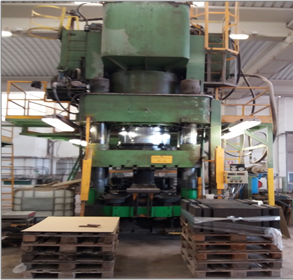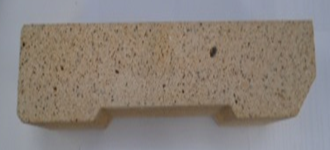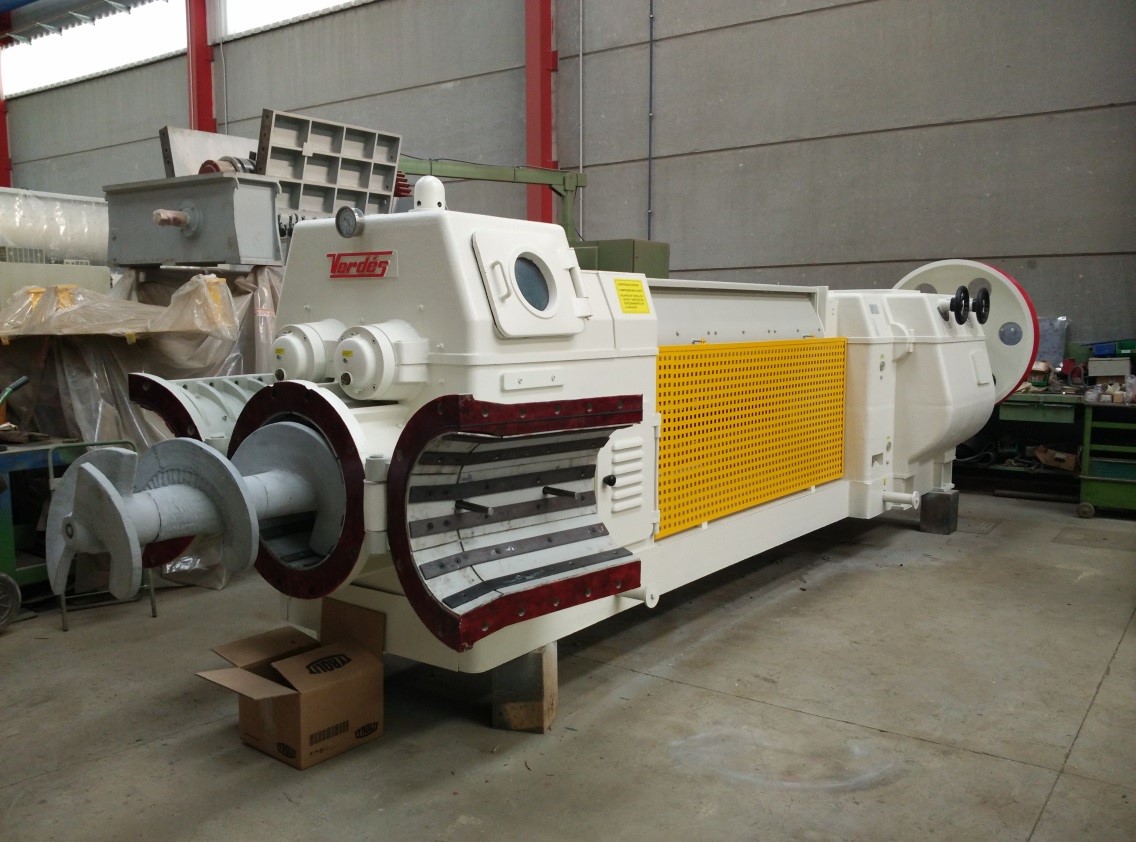Simulation, Ceramic
EXTRUSION SIMULATION 1 OF 6
In relation to shaped refractories, TEIDE REFRACTORY SOLUTIONS has production lines for manufacturing shaped, pressed parts and shaped, extruded parts.
- In shaped, pressed parts, the final geometry is achieved by placing the material in a mould, in which pressure is then transmitted by a press. The shaped parts (150-650 kg/cm2) are denser, less porous and have greater mechanical resistance.
- TEIDE REFRACTORY SOLUTIONS press for shaped, pressed refractory material.
- TEIDE REFRACTORY SOLUTIONS shaped, pressed refractory material plate
In extruded, shaped parts, the final geometry is achieved with an extrusion machine to which an ex trusion nozzle is coupled. Extruded parts are obtained at lower pressures (15-50 kg/cm2) and are therefore more porous and have less mechanical resistance than pressed parts. However, extruded parts may be less dense, as they permit the creation of extrusion holes that facilitate heat exchange and reduce latent heat in the furnace. In technological terms, this is a more delicate process as it give rise to the need to treat the green refractory paste like a highly viscous fluid. A poor extrusion process design reduces the useful life of extruded, shaped refractories.
- TEIDE REFRACTORY SOLUTIONS extrusion machine for extruded, shaped refractory material.
- TEIDE REFRACTORY SOLUTIONS extruded, shaped refractory material plate.
High quality extrusion is possible by studying the extrusion process with finite element software, together with TEIDE REFRACTORY SOLUTIONS’s experience.
Please contact our sales staff for advice on how finite element calculation of the extrusion process with CFDTEIDE® can improve the design of extruded refractory parts.



